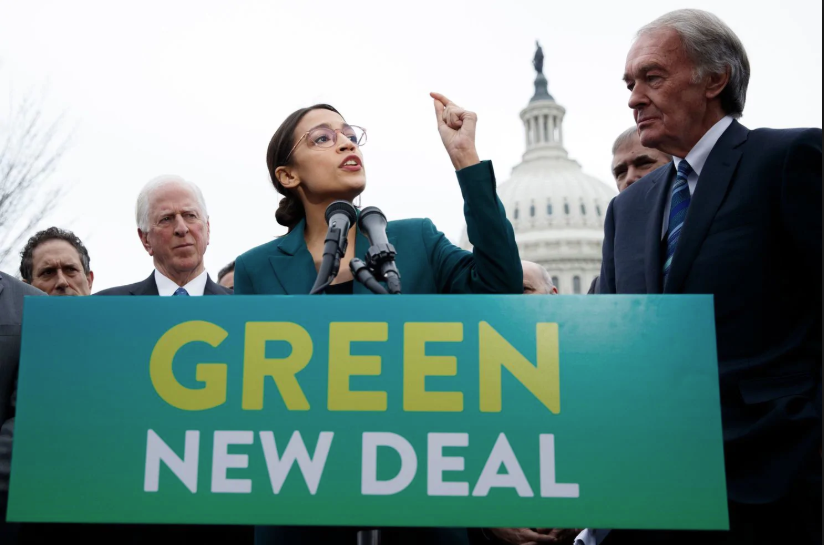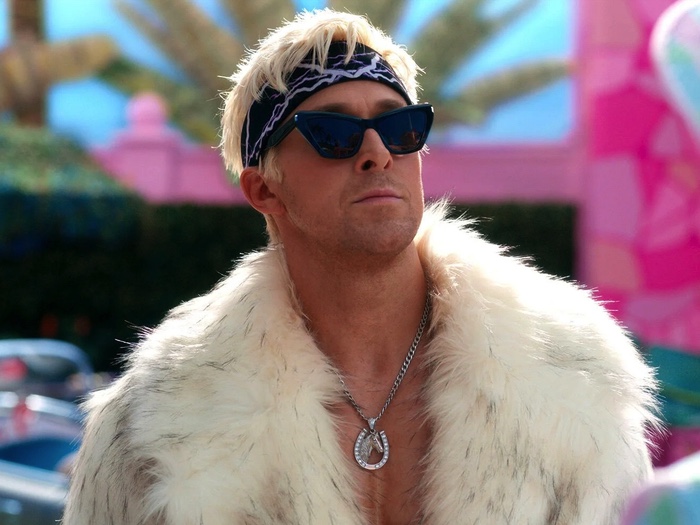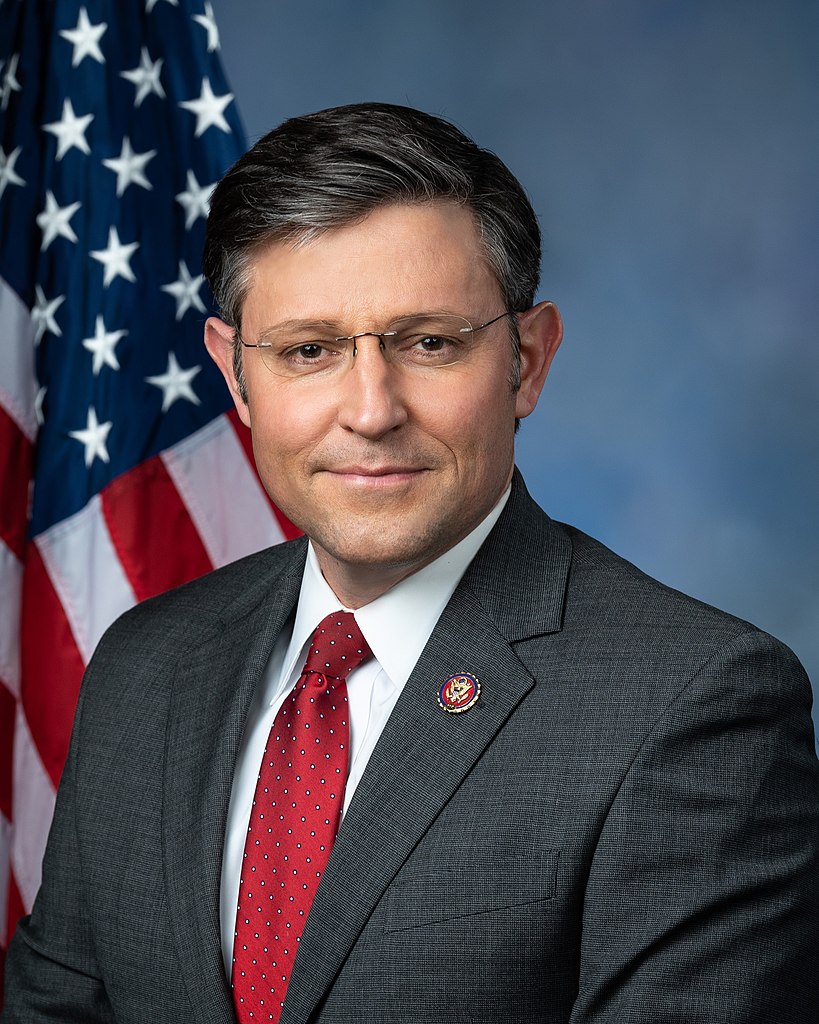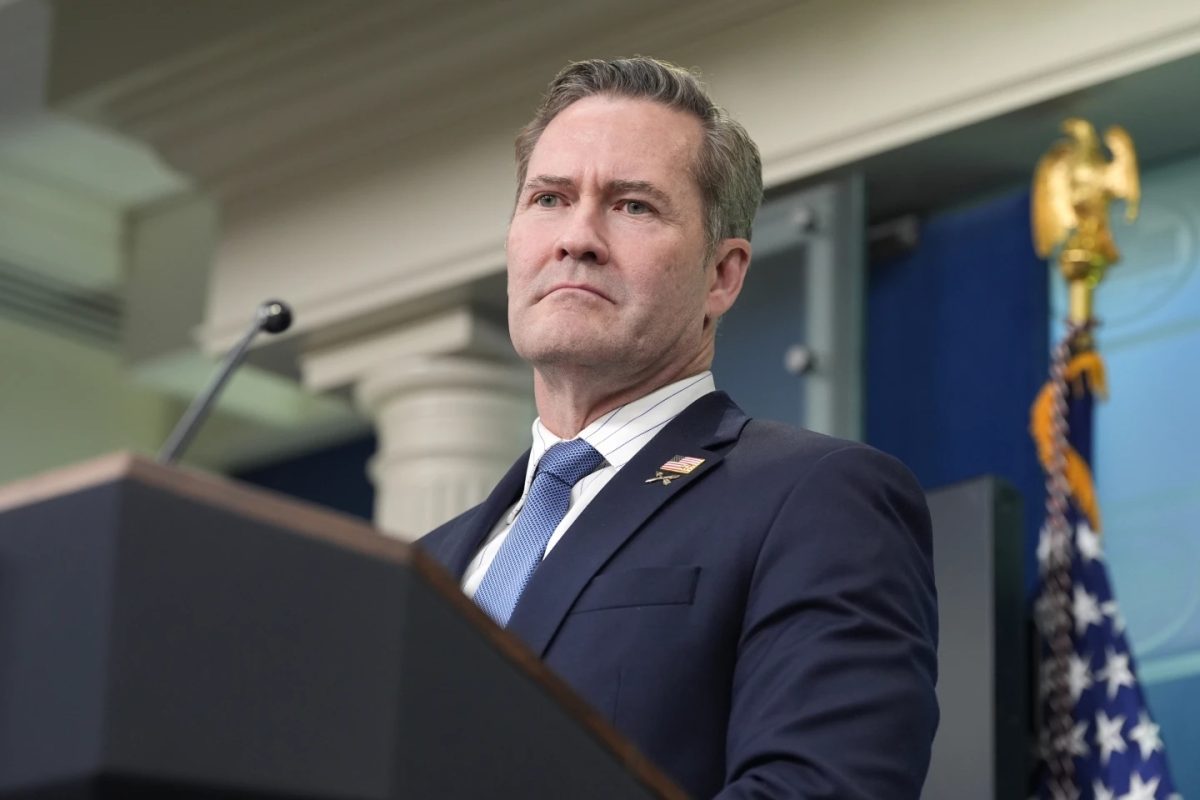More than 80 years after President Franklin Roosevelt’s New Deal created a sprawling range of public-works programs that sought to combat the Great Depression, a program no less sweeping in scope is necessary to address a new crisis — the existential threat of escalating climate change. In response to that new crisis, Sen. Edward Markey (D-MA), Rep. Alexandria Ocasio-Cortez (D-NY), the youth-led activist group Sunrise Movement and the progressive political action committee Justice Democrats have collaborated to introduce a resolution in the U.S. Congress that demarcates the extent of action that will be required to reach the climate goals set by the 2015 Paris Climate Agreement.
The resolution, termed the Green New Deal, is ambitious — perhaps borderline absurd. However, it is rightly so, for any effort to address climate change must be commensurate with the scale of the problem. According to an explosive October 2018 report from the Intergovernmental Panel on Climate Change (the leading international committee of scientists on this topic), an increase in average global surface temperature of a mere 2.7 degrees Fahrenheit by the year 2100 will cause weather events so extreme that worldwide food security emergencies, international conflicts over depleting natural resources and global climate refugee crises will materialize in short order. This may not be a life-or-death prospect for the sexagenarians and septuagenarians who largely control our politics, but it is for the rest of us — and certainly will be for any children we may one day bring into the world.
The importance of the Green New Deal is that even though its specifics may not be penciled out yet, it represents an inflection point in climate policymaking. Rather than kicking the can further down the road or relying on tired, old adages such as cap-and-trade or carbon taxation alone, it recognizes that if human life is to be sustained, the global economy must be fundamentally restructured.
This concept isn’t entirely unprecedented. In the 1940s, mobilization of the country’s immense productive capacity defeated the Axis Powers and generated unprecedented economic growth. In the 1960s, the United States marshaled the full power of its military-technological industry to go to the moon. Now, combating climate change is our generation’s home-front war effort or moonshot. Yes, it will require the active participation and commitment of every person, but after all, our grandparents and great-grandparents dutifully participated in air raid and blackout drills, used ration stamps to buy food, gas and clothing and planted Victory Gardens because that was the patriotic thing to do.
But how exactly will our world be delivered from otherwise certain climate catastrophe? The Green New Deal proposes a massive program of investments in clean-energy jobs and infrastructure, meant to transform not just the energy sector, but the entire economy. It calls for a “10-year national mobilization” to shift the country to 100 percent “clean, renewable and zero-emission energy sources” and promises every American a good, unionized job in that economy, from installing solar panels to building infrastructure or manufacturing electric vehicles. It is meant to both decarbonize the economy and ameliorate the other symptoms and dysfunctions of late capitalism: growing inequality and concentration of power at the top.
Sounds like a ludicrous idea invented by Democrats as the dust of their midterm victory settled, right? Not so fast. While it will require an extraordinary mobilization of resources — as well as ideological shifts amongst Americans, many of whom do not realize what dire straits we are in — the concept of a Green New Deal is not new. Some version of it has been supported by the Labour Party in the United Kingdom since 2007. A Green New Deal that looks to resolve systematic labor and energy market failures across the European Union is also central to the platform of the European Greens. In the United States, the concept of an alliance between labor unions and environmentalists focused on simultaneous infrastructure investment and job creation has existed since the early 2000s, when the Blue-Green Alliance was established, and the American Federation of Labor has long supported an infrastructure program reminiscent of the Green New Deal. In short, although critics may paint the Green New Deal as haphazard policy, it’s flat-out wrong to suggest that Markey and Ocasio-Cortez hastily cooked up every idea in the resolution in the six weeks since the congresswoman was sworn in.
In order to become a reality, however, the Green New Deal will require a colossal legislative effort. One of the best concrete first steps that the new Democratic majority in the House of Representatives can take would be to revive the Select Committee on Energy Independence and Global Warming that existed from 2007 to 2011. That way, lawmakers could set about the intensely technocratic and politically unglamorous work of drafting specific and workable legislative language. If the Select Committee is revived, debates on the House floor would also be forced due to a mandate to committees to report legislation.
While the Green New Dealers will face monumental challenges navigating an extraordinarily ambitious overhaul of our political economy, perhaps the even more difficult task will be convincing critics that it is not politically opportunistic socialism disguised as climate reform, but is, in fact, unprecedented action in response to an unprecedented and terrifying emergency. At the moment, one political party clearly understands this, and the other does not.















